Text
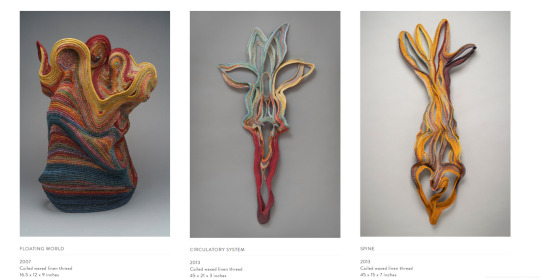

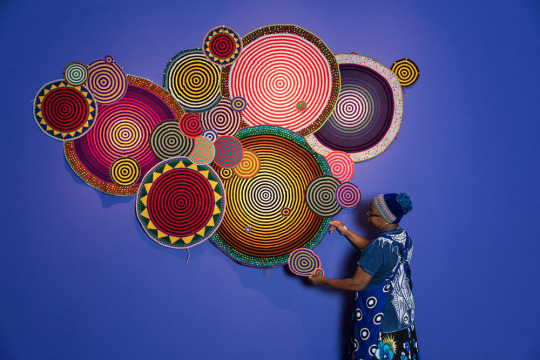

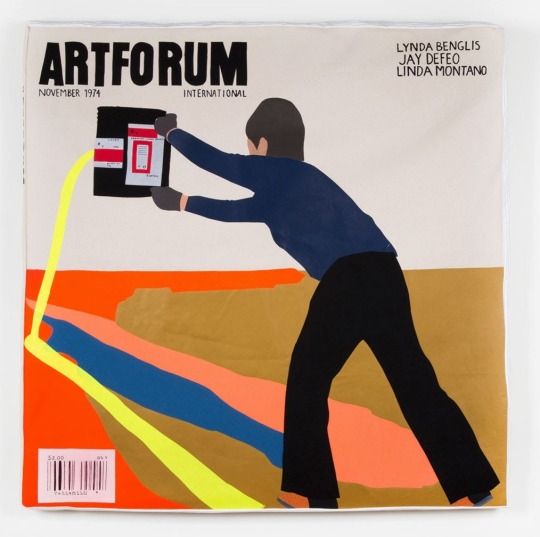

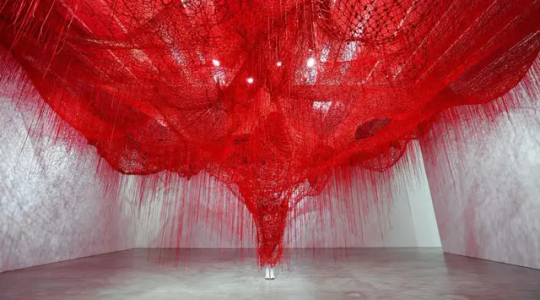

Artist Research Review Links
As we get closer to our final critique next week, I wanted to be sure to post links to for further study posts, as well as images, of each of your research artists work here for easy reference.
The idea in doing this is to provide a quick visual recap to help aid our critique conversation next week. I also wanted to help you in your studio time together, in case you want to review the inspiration artists as you talk and work alongside each other in the studio on Tuesday.
Images above, from top:
work by Ferne Jacobs researched by Jessica
work by Susan Cianciolo researched by Ava
work by Xenobia Bailey reserached by Kristie
work by Do Ho Suh researched by Elise
work by Megan Whitmarsh researched by Brooke
work by Andrea Zittel researched by Maria
work by Chiharu Shiota researched by Kyle
work by Sarah Cain researched by Emma
0 notes
Text
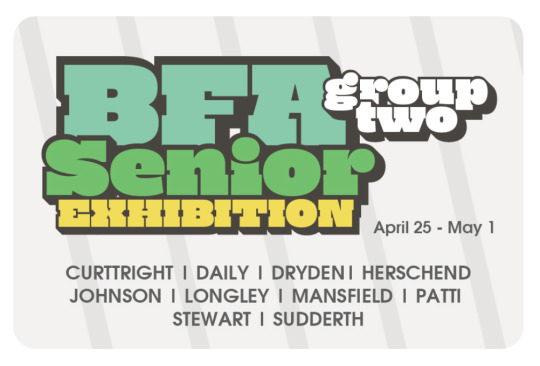
BFA GROUP TWO SHOW TONIGHT!
Join me in celebrating the work of graduating BFA students tonight at the second of the BFA Senior Exhibitions opening receptions!
Congratulations to all the artists on this important accomplishment!
The reception is April 25, 2024 from 5:30-7.
See you there!
0 notes
Text


Color Focus: Denim!
Our color focus for this week is a Baylor fiber first- denim. Join me in the exploration of all things denim this week as we surround ourselves with this color and material to better understand what denim offers our lives and our creative work. Wear your denim and bring your insights and observations to our conversation in class on Thursday.
Images above:
art made from denim by Janie Stidham
art made from denim by Jim Hodges
0 notes
Text

Questions of the Week
What do you expect from your art education?
Have there been any distinct experiences that have steered your work in new or significant directions?
0 notes
Text
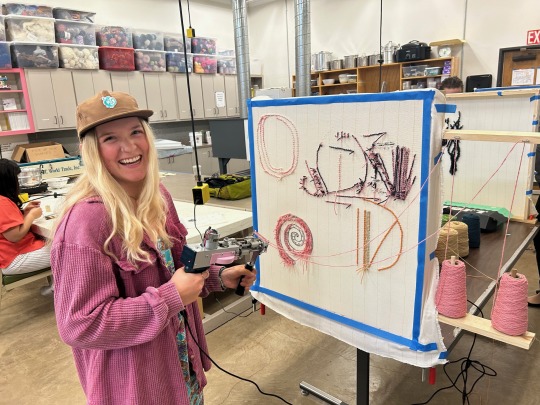

youtube
Tufting!
You were introduced to the tufting process last week, and you will each be trying out this fun process to create your own tufting sample.
Samples should be completed, glued and off tufting frames by Tuesday of next week.
Plan to bring your samples to class on Tuesday April 23rd so we can look at them together and be sure to also post images of the sample onto your blogs so that they can be graded.
Images above, from top:
tufting research in class last week featuring Ellie
a new book on tufting is out now and will be available in our studio soon...
check out this video which covers the basics of finishing your tufted projects based on how you want your tufted object to live in the world.
0 notes
Text

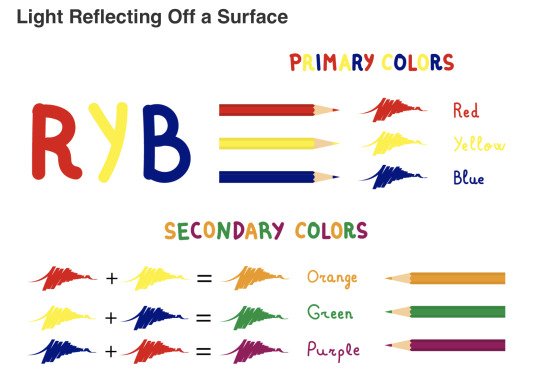

Primary Colors Day on Thursday!
Our color focus for this week is a combination of colors- primary colors. Join me in the exploration of all things primary colored this week as we surround ourselves with this combination of colors to better understand what they collectively offers our lives and our creative work. Wear your primary colors and bring your insights and observations of this combination of colors to our conversation in class on Thursday!
Images above, from top:
Piet Mondrian painting from 1930
color theory refresh throuh two infographics describing how complex even the idea of primary colors can be...what are the primary colors? If you noticed, I was careful not to name them in this post. The answer depends on what way we percieve the colors, either reflecting off a surface or directly to the eye. O Color! You are are so mysterious!
0 notes
Text
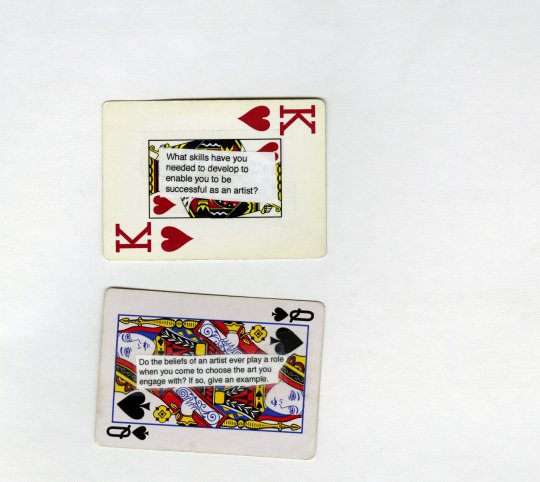
Questions of the Week
What skills have you needed to develop to enable you to be successful as an artist?
Do the beliefs of an artist ever play a role when you come to choose the art you engage with?
0 notes
Text

BFA GROUP ONE SHOW TONIGHT!
Join me in celebrating the work of graduating BFA students tonight at the first of the BFA Senior Exhibitions opening receptions!
Congratulations to all the artists on this important accomplishment!
The reception is April 11, 2024 from 5:30-7.
See you there!
0 notes
Text
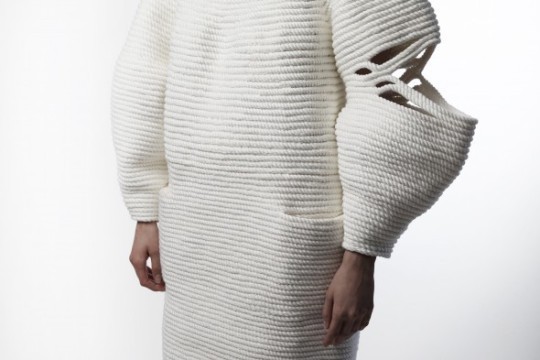
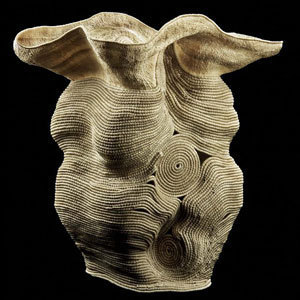
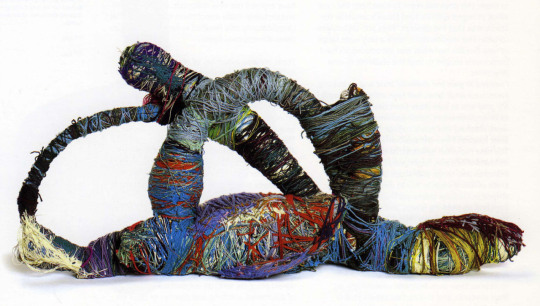
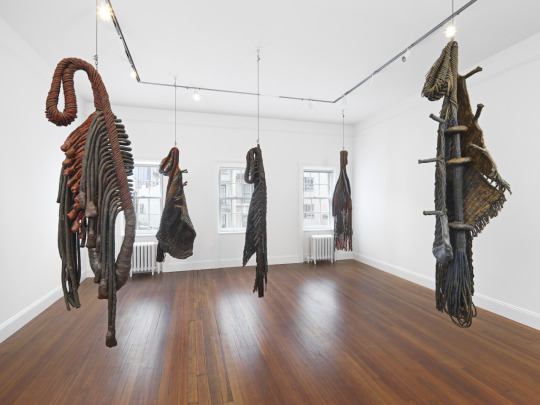
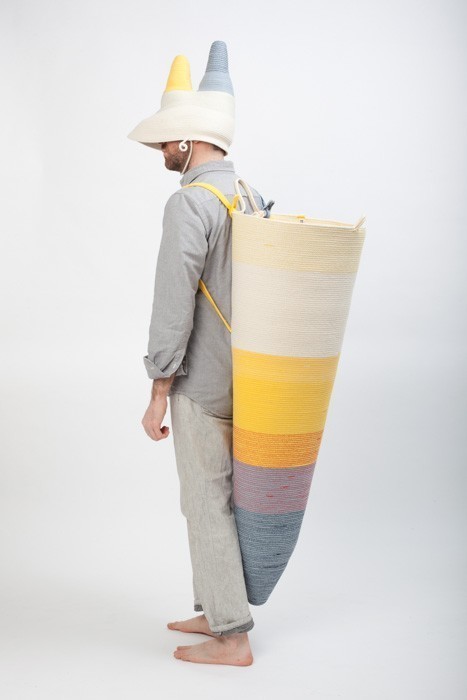

Coiling Inspiration
Please enjoy some inspiration for you of artworks that feature the coiling process. We will learn the coiling basics during class on Thursday.
Images above, from top:
Katherine Mavridis, Mokuba, 2014.
Ferne Jacobs, Snow Circles, coiled and twined basket, 1999.
Judith Scott
Francoise Grossen, installation image from 2015 exhibition at Blum and Poe.
Doug Johnston, Big Backpack and Dino Hat, 2014.
image of Makah Basket Makers at Neah Bay, Washington from 1900.
1 note
·
View note
Text
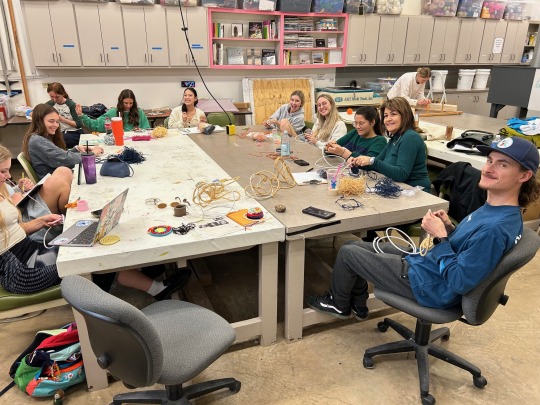
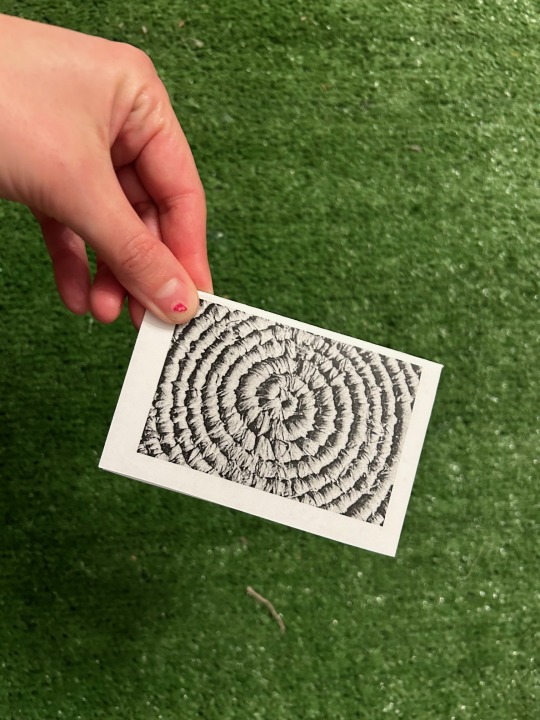
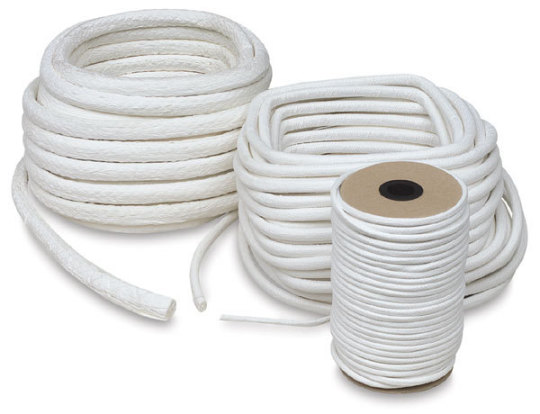


Coiling Basics
Coiling is a basketry technique that involves wrapping and stitching lengths of material around a central core material to create variety of complex forms starting from a circle or oval base.
Refer to the coiling zine about the coiling process as you are exploring this process. This handout was created from selections from the book “Contemporary Basketry” by Sharon Robinson.
Images above, from top:
our first day of coiling
our coiling zine
The paper core typically used to make coiled baskets. This is just one of many different materials that you can use to make a coiled basket. What else could you use to coil a basket? How could a meaningful choice of material enhance the concept of your work?
a few basic diagrams of the coiling process, showing how to get started and the basic figure 8 stitch (Figure Q-Figure S).
Heres a youtube video that shows the coiling process with yarn. We will be using raffia in class, but yarn or many other contemporary materials could also work to wrap and sew around your core material.
Here is another link that demonstrates the coiling process with step by step pictures. If you find a particular video or webpage helpful to learning this process, why not collect the resource for yourself by posting to your own blog? That way if you want to revisit the process in the future, you can pick up where you left off quickly and easily, a great use of the blog structure for your future benefit.
0 notes
Text

Questions of the Week
Are there any particular activities that you do everyday as an artist?
What are your biggest fears when it comes to art? Why do you think you have that fear? Where did it originate?
0 notes
Text

Studio Project #2: Sketches Post
To help you prepare for your last studio project, as I mentioned in class last week, I want each of you to compile your thinking, research, and ideas for studio project #2 into a post on your blogs. You will be meeting with the your assigned small groups to discuss your ideas this week, so be sure that you are prepared to get the most learning value from this conversation by insuring that you are ready to discuss your ideas and have your post on your blog BEFORE class starts today.
Here’s what I’m looking to see in this post:
1.) 3 sketches of different ideas for the project. Try to push into exploring several different concepts, so each drawing or sketch describes a different idea. Use whatever materials make sense to you to work out your ideas, but insure that digital images or scans of your sketches are posted on you blogs so that I can give you credit for your ideas so far.
2.) Indicate what surface design techniques you plan to use and what materials you plan to use. Anything we learn in class is fair game. You can also incorporate other materials along with fabric into this project, but please discuss any unconventional material ideas with the professor to insure they are appropriate.
3.) Indicate your construction plan this project. How will you make it? How will it be presented for the critique? Where in the studio will it be presented? Do you need to make any special plans or preparations to ensure it is presented properly to best express your idea?
5.) Indicate the shape and scale of the work. How big is your project? How does the form and scale of the work relate to your ideas? How does the form and scale of the work relate to your research artist?
6.) Indicate the particular body of work or work you are responding to and describe your response. How does your work differ from your artist source and how is it related?
Please do not consider this post and our small group conversations that we will have on Thursday as an approval process. You are encouraged to start on you project when you have found an idea that you are excited to explore. You are free to get started on your project before you meet with your group, if you have not started already.
Image above:
Sarah Zapata, "If I Could", featured at Deli Gallery. Learn more about this artist in this profile on artnet.
0 notes
Text
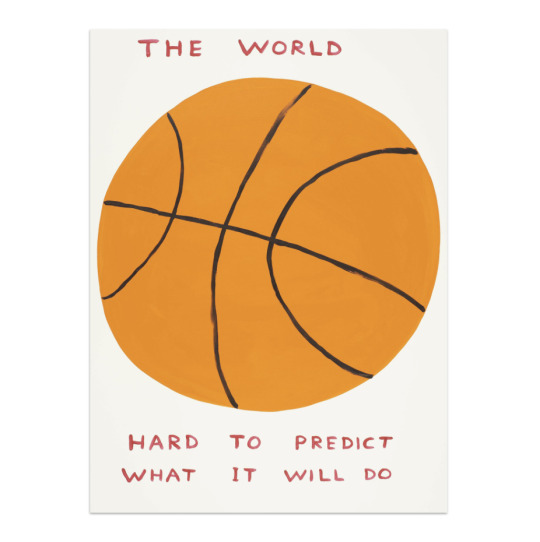
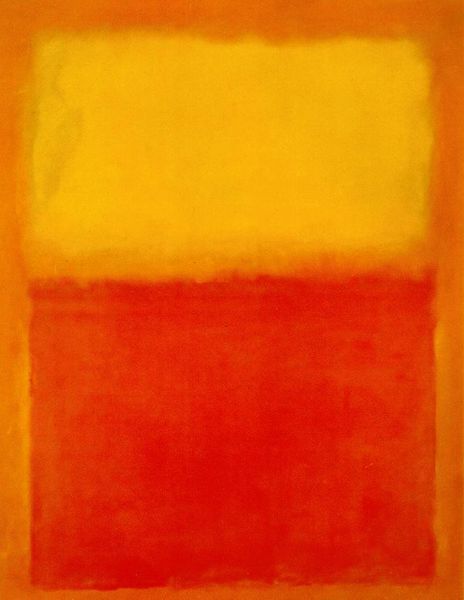
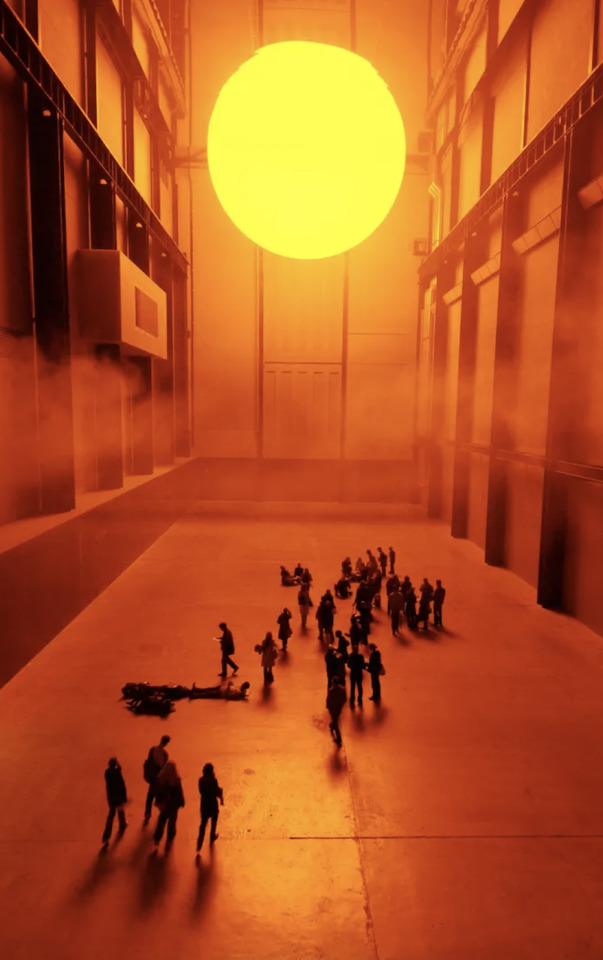
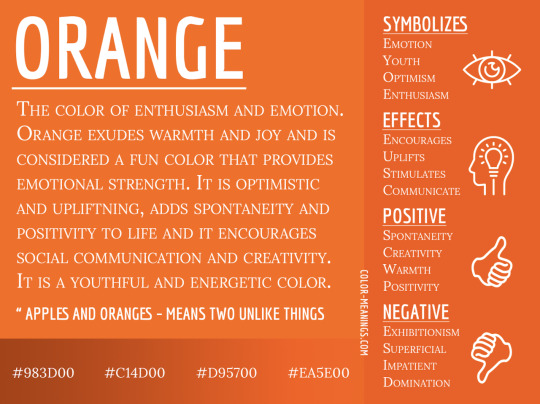
Orange!
Our color focus for this week is Orange!. Join me in the exploration of all things orange this week as we surround ourselves with the color orange to better understand what it offers our lives and our creative work. Wear your oranges and bring your insights and observations of orangeness to our conversation in class on Thursday!
Images above, from top:
work by David Shrigley
work by Mark Rothko
work by Olafur Ellison
orange color symbolism infographic
0 notes
Text

Questions of the Week
What makes art successful?
Have you had to make sacrificies in order to live your life as an artist?
0 notes
Text

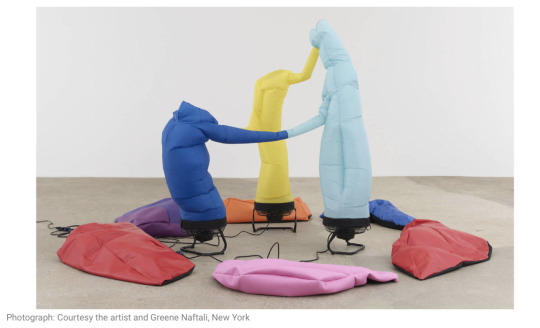
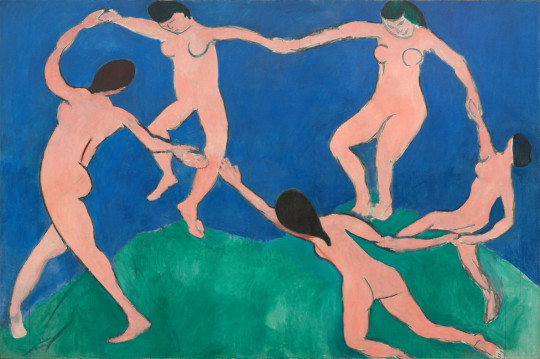
Studio Project #2: Response Artwork
For the final studio project of this course, I want you to reflect on the artist you are researching this semester. From this artist’s production, choose a particular artwork or body of work that is of genuine interest to you. Consider carefully the concepts, materials, processes, and presentation strategies involved in this particular artwork or body of work.
Using the artwork or body of work you have chosen as a reference, you will design, construct, and present an artwork in response or conversation with this artists work.
Please continue to explore at least one of the processes or techniques we have learned in this class so far in the making of this artwork. Other materials and process outside of what we have covered in this course are also welcome to be used, however, whatever you decide to make and how you decide to make it should relate in some way to your reference artwork.
Why are we doing this?
1.) Art is a conversation. Don’t be afraid of influence.
2.) Because you are not making art in isolation: You are artists who are making work in light of an entire history of art that informs how your work is understood and accrues meaning. I want you to understand and use this history to become better at what you do.
3.) This response structure forces you to deepen your understanding of artwork, to really know it well enough to respond to it. It also forces you to know an artwork in a bigger perspective: where is the artwork situated in art history? How is it written about? What other artists/works/movements/theories/concepts are discussed in conjunction with it? This assignment functions to force you to know the artwork as well as it’s larger territory within art discourse.
4.) This assignment allows you to isolate your own position as an artist in relationship to another artist and distinguish your own point of view.
5.) The structure of response can teach you a lot of practical things about making an artwork.
Step #1: Choose your Source
Select a particular artwork or body of work by your research artist that you want to make an artwork in response to. Spend some time making sure that you understand the basic ideas behind the work, and the conversations in art the work was made in relationship to, as well as any other artists who are frequently referenced in relationship to the work.
Make a list to help you concisely collect all the key aspects of the work, such as the conceptual framework, formal aspects, scale, materials and processes involved, presentation strategies, etc.
Step #2: Define your Response
What is your position in relationship to these ideas? How do you disagree or find yourself to be different as an artist? How can you make your own voice heard, while making sure that a clear reference is present to your source?
Refer to the list you made about your artwork and choose 1 or 2 aspects to respond to. You do not need to respond to every aspect of the artist’s work. Just think about how much quoting is necessary to help your viewers to recognize your starting point. There is a fine line between response and imitation. This is not an imitation project.
The final artwork should be more about YOU than about your source artwork. Determining specifically what will mimic your original artwork and what will be different is an important thing to define early on.
Studio Project #2 will be critiqued in class on May 2nd. Please be prepared and have your artwork installed and ready to be discussed at the start of class.
Images above from top:
These sets of images are examples of artists making work in direct response to other artists. Both of these examples are the most direct and obvious kind of quoted response. You can also decide to make a work with a more nuanced and subtle responsive strategy. This is just to help to make clear some ways that artists respond to other artists with the work they make.
The first images set shows an artwork by Los Angeles based artist Aaron Curry made in response to a cubist sculptural work of Pablo Picasso, an example of which is shown here.
The second image set begins with an image of a 2019 artwork by Paul Chan from an exhibition titled “The Bather’s Dilemma”. The next image is “Dance (1)” by Henri Matisse from 1909. Can you see how Paul Chan’s work, though utterly his own, is in conversation with this work from art history?
0 notes
